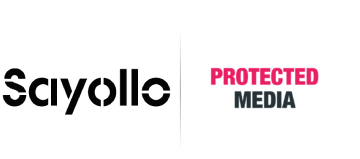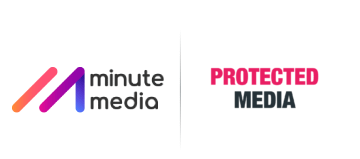Asaf Greiner, Jan 15, 2018
Ad fraud keeps making headlines with estimates of its total damages climbing. With bots evolving and rapidly multiplying, and fraudsters becoming increasingly sophisticated, ad fraud is burning through advertisers budgets forcing them to take action.
Both P&G and Unilever have responded by slashing their budgets. According to estimates from MediaRadar, a New York-based advertising intelligence company, P&G’s ad spend dropped 41% year-over-year, while Unilever’s dropped 59%.
Publishers Also Pay for Ad Fraud
Fraud is diverting traffic, and ad revenues away from respectable publishers who are already strapped for cash.
Publishers may be blacklisted for carrying, perhaps unknowingly, small volumes of bad traffic after advertisers have adopted draconian standards of zero fraud with squeaky-clean traffic. Their sources of income will be reduced, possibly forcing them to shut down.
As standards for quality traffic multiply, smaller publishers need to invest in more technology to monitor and pass inspections. For example, IAB’s Display Trading Council members – Adform, Index Exchange, IAS, PubMatic, and Rubicon Project have come together to create ads.txt, a file that publishers need to set up and maintain to verify traffic sources. Google, Facebook, Appnexus and 20 other companies, have committed to IAB’s Gold Standard initiative to clean up online advertising by implementing the ‘ads.txt’ initiative, adhering to the LEAN principles, and complying with the Coalition for Better Advert, sing standards.
Not all publishers have deep enough pockets to comply, especially many long-tail sites, small “one-person” operations, and often hobbyists. They don’t have the money to invest in inspections, measurements, and certifications. When they don’t comply they are off the grid for advertisers.
Ad Fraud is Shrinking the World Wide Web
As publishers fall off the world wide web due to the high cost of compliance, or a lack of funding from advertising, the internet will slowly become smaller and smaller. The whole internet could eventually be dominated by only the large players such as YouTube and Facebook.
Viewers will have a limited number of content sources. Those sites that remain may have lower quality content as publishers need to rely more and more on sponsored content for funding, and have fewer resources for journalists and editors to do objective reporting based on extensive research.
Eventually the ad inventory that is fully certified could become more expensive. Less competition for ad dollars could cause the cost of online advertising to go up, which would result in less money to go around, further squeezing publishers.
Even the quality of advertising could be impacted. With fewer niche sites to match viewers’ hobbies and interests, there will be fewer opportunities for more precise targeting to reach the most relevant audience. For example, a quality imported French butter will only appear on the daily news site instead of appearing on a recipe site, where it can reach a more relevant audience.
When there is a wider and more diverse web environment, there is a greater chance that viewers will find what they are looking for and whatever advertising is there will be more relevant, with higher levels of engagement and therefore also more effective.
Ad fraud touches everyone in the ad ecosystem, by lowering the number of ad opportunities and slowly eroding the size and diversity of the mobile web. A concerted effort among advertisers, agencies, and publishers is the only way to advance our position in this complex battle against ad fraud. We have to make sure the cure doesn’t kill the patient, and that we use discipline and tools together to keep the internet safe and diverse for everyone.




